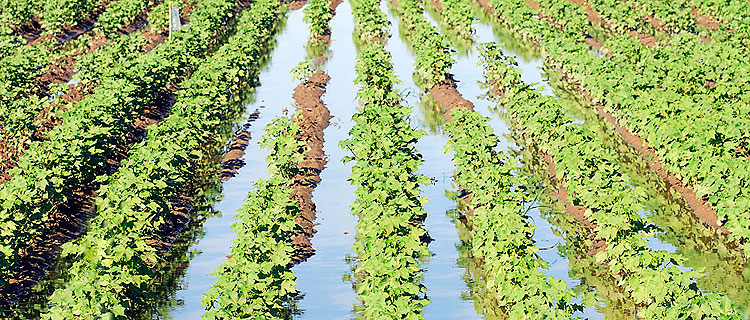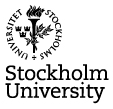
Modernising irrigation for multiple benefits
Seminar with Dr Neville Crossman, Thursday February 25, 2010, 14.00 - 15.00.
To combat this, governments world wide are making significant investment in efforts to improve the sharing of water between consumptive uses and the environment. Many investments are centred on the modernisation of inefficient irrigation delivery systems and the purchase of consumptive water for environmental flows. But where to invest remains a challenge.
This applies spatial targeting within a cost-benefit framework to modernise and reconfigure an irrigation district. The outcome if implemented is a 20% reduction in agricultural water use, improvement in the provision of ecosystem services and an overall increase in system resilience.
The model estimates a potential increase in the net present value of ecosystem services of up to $A 347m could be achieved through smart planning and policy. The increase in ecosystem services include recovering 62 GL of water for environmental flows, the sequestration of 10.6m tonnes of CO2e/yr, a 12 EC (S/cm) reduction in river salinity, and an overall 9% increase in the value of agriculture.
About Neville Crossman
Dr Crossman aims to integrate biophysical and socio-economic data and models in a spatial analysis environment to better inform Natural Resource Management (NRM) policy and planning, given the complexity of climate change.
Dr Crossman´s research projects include integrating pattern and process for predicting spatial distribution of exotic and native plants under climate change; reconfiguration of irrigation landscapes to improve provision of ecosystem services and increase system resilience; threats, opportunities and hotspots of land use change for carbon sequestration in South Australia; and optimal landscape design and trade-offs for NRM policy and planning.
Time and place
Workshop Room Stallet, Kräftriket 10, Stockholm University
Vacancies | Contact | Environmental policy | Cookies
Stockholm Resilience Centre
Stockholm University, Kräftriket 2B | Phone: +46 8 674 70 70 | info@stockholmresilience.su.se
Organisation number: 202100-3062 | VAT No: SE202100306201


